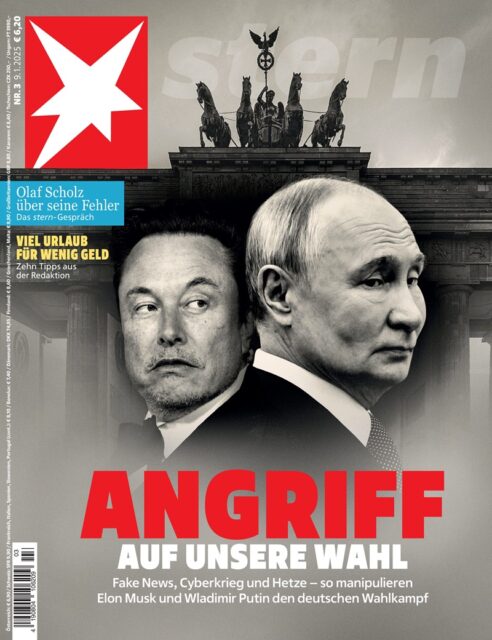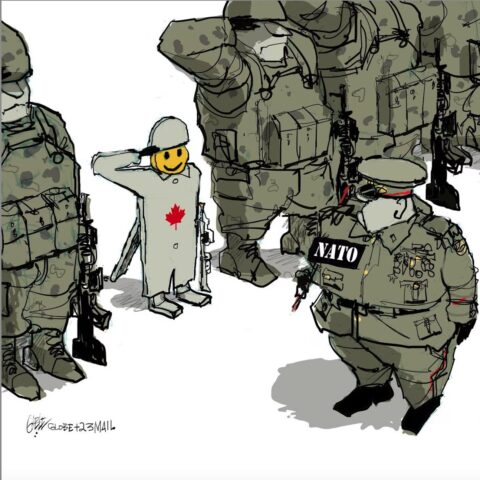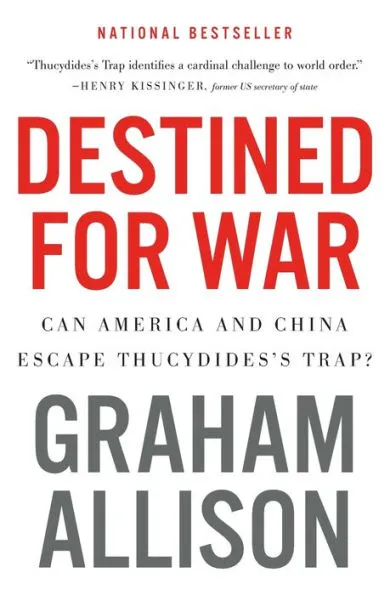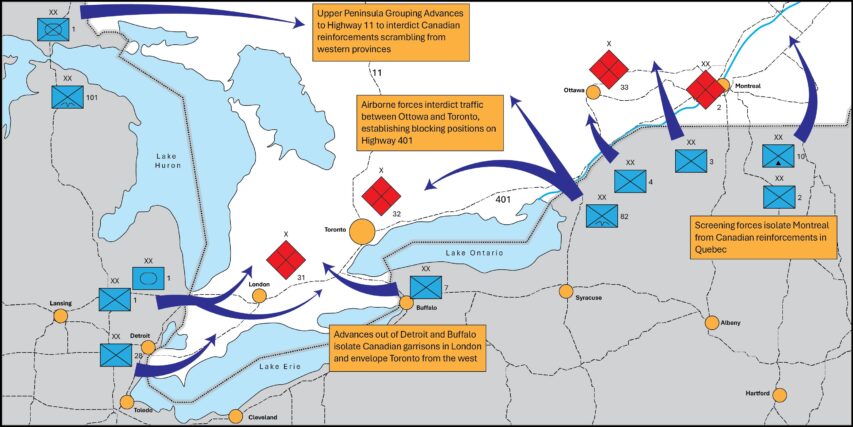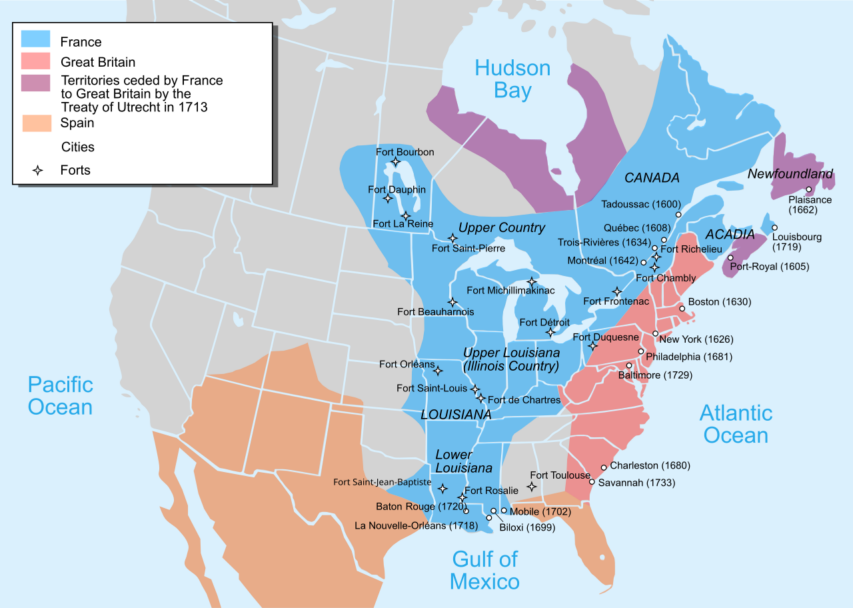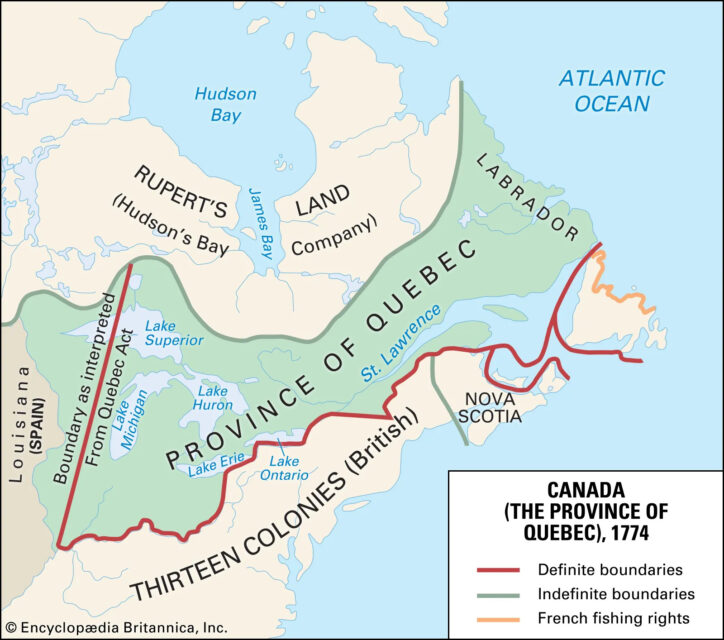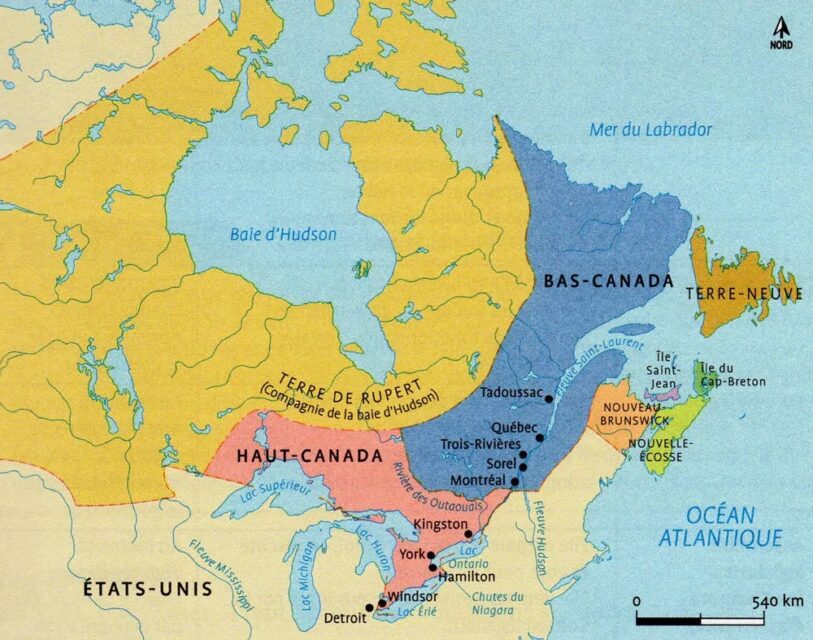 As for conditions on the eve of coal’s rapid rise in the late sixteenth century, they were actually even less intense. Following the Black Death, London’s population took centuries to recover, and by 1550 was still below its estimated medieval peak. Having once had over 70-80,000 souls, by 1550 it had only recovered to about 50,000. And the woodlands fuelling London were clearly still intact. Foreign visitors in the 1550s, who mostly stayed close to the city, described the English countryside as “all enclosed with hedges, oaks, and many other sorts of trees, so that in travelling you seem to be in one continued wood”, and remarked that the country had “an abundance of firewood”.1 Even in the 1570s, when London’s population had likely begun to finally push past its medieval peak, the city seems to have drawn its wood from a much smaller radius than before. Whereas in the crunch of the 1300s it seemingly needed to draw firewood from as far as 17 miles away over land, in the 1570s even a London MP, with every interest in exaggerating the city’s demands, complained that it only sometimes had to source wood from as far away as just 12 miles.2
As for conditions on the eve of coal’s rapid rise in the late sixteenth century, they were actually even less intense. Following the Black Death, London’s population took centuries to recover, and by 1550 was still below its estimated medieval peak. Having once had over 70-80,000 souls, by 1550 it had only recovered to about 50,000. And the woodlands fuelling London were clearly still intact. Foreign visitors in the 1550s, who mostly stayed close to the city, described the English countryside as “all enclosed with hedges, oaks, and many other sorts of trees, so that in travelling you seem to be in one continued wood”, and remarked that the country had “an abundance of firewood”.1 Even in the 1570s, when London’s population had likely begun to finally push past its medieval peak, the city seems to have drawn its wood from a much smaller radius than before. Whereas in the crunch of the 1300s it seemingly needed to draw firewood from as far as 17 miles away over land, in the 1570s even a London MP, with every interest in exaggerating the city’s demands, complained that it only sometimes had to source wood from as far away as just 12 miles.2
And not far along the coast from the city were also the huge woodlands of the Weald, which stretched across the southeastern counties of Sussex, Surrey and Kent, and which did not even send much of their wood to London at all. Firewood from the Weald was not only exported to the Low Countries and the northern coast of France, but those exports more than tripled between 1490 and the early 1530s, from some 1.5 million billets per year to over 4.7 million. That level was still being reached in 1550, when not interrupted by on-and-off war with France, but by then the Weald was also meeting yet another new demand, for making iron.3
Ironmaking was extremely wood-hungry. In the 1550s Weald, making just a single ton of “pig” or cast iron, fit only for cannon or cooking pots, required almost 4 tons of charcoal, which in turn required roughly another 28 tons or so of seasoned wood. England in the early sixteenth century had imported the vast majority of its iron from Spain, but between 1530 and 1550 Wealden pig iron production increased eightfold. The expansion would have demanded, on a very conservative estimate, the sustained annual output of at least 50,000 acres of woodland — an area over sixty times the size of New York’s Central Park. Yet even this hugely understates the true scale of the expansion, as pig iron needed to be refined into bar or wrought iron in order to be fit for most uses, which required twice as much charcoal again — or in other words, a total of 86 tons of seasoned wood had to be first baked and then burned, just to make one ton of bar iron from the ore. And all this was just the beginning. By the 1590s the output of the Wealden ironworks had more than tripled again, for pig iron alone (though the efficiency of charcoal usage had also halved — a story for another time, perhaps).4
Given the rapidity of these changes, it will come as no surprise that there were complaints from the locals about how much the ironworks had increased the price of fuel for their homes. No doubt the wood being exported was having a similar effect as well. But the 1540s and 50s were also time of rapid general inflation, because of a dramatic debasement of the currency initiated by Henry VIII to pay for his wars. This not only made imports significantly more expensive, and so likely spurred much of the activity in the Weald to replace increasingly unaffordable iron from Spain, but they also made exports significantly cheaper for buyers abroad — and thus unaffordable for the English themselves.
In 1548-9, in a desperate bid to keep prices down, royal proclamations repeatedly and futilely banned the export of English wheat, malt, oats, barley, butter, cheese, bacon, beef, tallow, hides, and leather, to which the following year were added — like a game of inflation whack-a-mole — rye, peas, beans, bread, biscuits, mutton, veal, lamb, pork, ale, beer, wool, and candles. And of course charcoal and wood.5 For us to have records of the Weald exporting large quantities of wood in 1550 then, they must either have been sold through special royal licence, or have all been shipped out before the ban came in force just halfway through the year in May. Presumably a great deal more than recorded was also smuggled out. In 1555, parliament saw the need to put the ban on exporting victuals and wood into law, adding severe penalties. Transgressing merchants would lose their ship and have to pay a fine worth double the value of the contraband goods, while the ship’s mariners would see all their worldly possessions seized, and be imprisoned for at least a year without bail.6
It’s perhaps no wonder that the Weald’s ironworks continued to expand at such a rapid pace: the export ban would have freed up a great deal of woodland for their use. And ironmaking soon spread to other parts of England too, to where it did not have to compete for fuel with people’s homes. Given iron was significantly more valuable by both weight and volume than wood, it could easily bear the cost of transporting it from further away, and so could be made much further inland, away from the coasts and rivers whose woodlands served cities. In the early seventeenth century, iron ore and pig iron from the southwest of England was sometimes shipped all the way to well-wooded Ireland for smelting or refining into bar.7 In the early eighteenth century scrap iron from as far away as even the Netherlands was being recycled in the forested valleys of southwestern Scotland.8
Whenever ironmaking hit the limits of what could be sustainably grown in an area, it simply expanded into the next place where wood was cheap. And there was almost always another place. England, having had to import some three quarters of its iron from Spain in the 1530s, by the 1580s was almost entirely self-sufficient, after which the total amount of iron it produced using charcoal continued to grow, reaching its peak another two hundred years later in the 1750s.9 Had iron-making not been able to find sustainable supplies of fuel within England, it would have disappeared within just a few years rather than experiencing almost two centuries of expansion.10
And that’s just iron. The late sixteenth century also saw the rapid rise in England of a charcoal-hungry glass-making industry too. Green glass for small bottles had long been made in some of England’s forests in small quantities, but large quantities of glass for windows had had to be imported from the Low Countries and France. Just as with iron, however, the effect of debasement was to make the imports unaffordable for the English, and so French workers were enticed over in the 1550s and 60s to make window glass in the Weald. Soon afterwards, Venetian-style crystal-clear drinking glasses were being made there too.
What makes glass even more interesting than iron, however, is that its breakability meant it could not be made too far away from the cities in which it would be sold, and so had to compete directly with people’s homes for its fuel. Yet by the 1570s crystal glass was even being made even within London itself. Despite charcoal supplies being by far the largest cost of production, over the course of the late sixteenth century the price of glass in England remained stable, making it increasingly common and affordable while the price of pretty much everything else rose.11
What we have then is not evidence of a mid-sixteenth-century shortage of wood for fuel, and certainly not of those demands causing deforestation. It is instead evidence of truly unprecedented demands being generally and sustainably met.
And despite these unprecedented demands, the intensity with which under-woods were exploited for fuel seems to have actually decreased. During the medieval population peaks, the woods and hedges that supplied London had been squeezed for more fuel by simply cropping the trunks and branches more often, cutting them away every six or seven years rather than waiting for them to grow into larger poles or logs. After the Black Death killed off half the population, the cropping cycle could again lengthen to about eleven. But under-woods in the mid-sixteenth century were being cropped on average only twelve or so years — about twice as long a cycle as before the Black Death — which by the nineteenth century had lengthened still further to fourteen or fifteen.12
The lengthening of the cropping cycle can imply a number of things, and we’ll get to them all. But one possibility is that in order to meet unprecedented demands, more firewood was being collected at the expense of the other major use of trees: for timber.
Anton Howes, “The Coal Conquest”, Age of Invention, 2024-10-04.
1. Estienne Perlin, “A description of England and Scotland” [1558], in The Antiquarian Repertory, vol.1 (1775), p.231. Perlin must have visited Britain in early 1553, as he mentions the arrival of a new French ambassador, which occurred in April 1553, as well as the wedding of Lady Jane Grey, which occurred in May of that year. Also Danielo Barbaro, “Report (May 1551)” in Calendar of State Papers Relating to English Affairs in the Archives of Venice, Vol 5: 1534-1554 (Her Majesty’s Stationery Office, 1873). And: Paul Warde and Tom Williamson, “Fuel Supply and Agriculture in Post-Medieval England”, The Agricultural History Review 62, no. 1 (2014), p.71
2. Galloway et al., p.457 for the estimate of 17.4 miles overland as the outer limit of London’s firewood supply; Proceedings in the Parliaments of Elizabeth I, Vol I: 1558-1581, ed. T.E. Hartley (Leicester University Press, 1981), p.370: specifically, the London MP Rowland Hayward complained of the cost of firewood billets and charcoal having increased in price over the previous 30 years (which would encompass the period of debasement-induced inflation), before noting that “Sometimes the want of wood has driven the City to make provision in such places as they have been driven to carry it 12 miles by land”.
3. Mavis E. Mate, Trade and Economic Developments, 1450-1550: The Experience of Kent, Surrey and Sussex (Boydell Press, 2006), pp.83, 92, 101.
4. These statistics are derived from a combination of Peter King, “The Production and Consumption of Bar Iron in Early Modern England and Wales”, The Economic History Review 58, no. 1 (1 February 2005), pp.1–33 for the iron production estimates, and G. Hammersley, “The Charcoal Iron Industry and Its Fuel, 1540-1750”, The Economic History Review 26, no. 4 (1973), pp.593–613 for the estimates of how much charcoal, wood, and land was required at a given date to produce a given quantity of pig or bar iron.
5. Paul L. Hughes and James F. Larkin, eds., Tudor Royal Proclamations., Vol. I: The Early Tudors (1485-1553) (Yale University Press, 1964), proclamations nos. 304, 310, 318, 319, 345, 357, 361, 365, 366.
6. 1 & 2 Philip & Mary, c.5 (1555)
7. William Brereton, Travels in Holland, the United Provinces, England, Scotland and Ireland 1634-1635, ed. Edward Hawkins (The Chetham Society, 1844), p.147
8. T. C. Smout, ed., “Journal of Henry Kalmeter’s Travels in Scotland, 1719-20”, in Scottish Industrial History: A Miscellany, vol. 14, 4 (Scottish History Society, 1978), p.19
9. See King. Note that there was an interruption to this growth in the mid-seventeenth century, for reasons I mention later on.
10. There was a period in the early-to-mid seventeenth century when English ironmaking stagnated, but this was due to the growth of a competitive ironmaking industry in Sweden.
11. D. W. Crossley, “The Performance of the Glass Industry in Sixteenth-Century England”, The Economic History Review 25, no. 3 (1972), pp.421–33
12. Galloway et al. On cropping cycles in particular, see pp.454-5: they note how the average cropping of wood in their sample c.1300 was about every seven years, but by 1375-1400 — once population pressures had receded due to the Black Death — the average had increased to every eleven. See also Rackham, pp.140-1. John Worlidge, Systema agriculturæ (1675), p.96 mentions that coppice “of twelve or fifteen years are esteemed fit for the axe. But those of twenty years’ standing are better, and far advance the price. Seventeen years’ growth affords a tolerable fell”.


